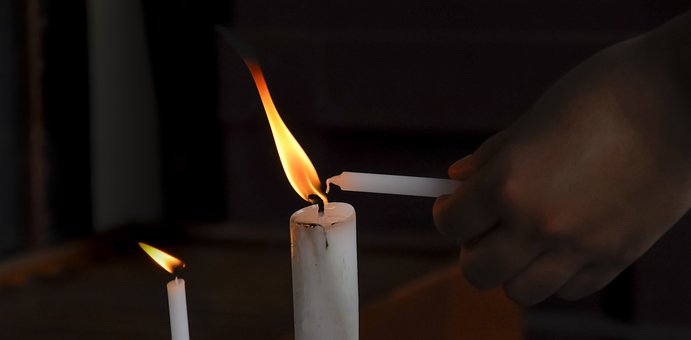On October 31, TCM premieres exclusively Folk Horror: Shadowy Woods and Haunting Daysa documentary directed by the Canadian writer and producer Kier-La Janisse in which the evolution of the folk-horror from its birth in the late 1960s through the 1970s and its recent resurgence. According to this filmmaker, the folk-horror It is a genre in which films that take place in a rural environment are framed, in which a fear of the unknown is reflected, there is a special connection with nature and women are portrayed as possessing an erotic and supernatural power. “Here we never use the word death. We believe that when human life ends, the soul returns to the trees, to the air, to the fire, to the water, to the animals…”, it is said in a moment of the wicker man.
Its origin dates back to the sixties, when British cinema explored a new path in the mystery and horror genre. In 1968 it premiered Witchfinder General (When Witches Burn), a film directed by Michael Reeves and starring Vincent Price that, as its title indicates, focused on the search for and punishment of wizards and sorceresses during the 17th century. Three years later it hit the screens Blood on Satan’s Claw), by Piers Haggard, also set in the 17th century, which recounted demonic rituals in a small rural community. In 1973, the success of the wicker man, a film directed by Robin Hardy and starring Christopher Lee, which narrated the disappearance of a girl on an island inhabited by a population that followed a series of strange rites, consolidated this cinematographic trend, a subgenre that was slow to have its Own name. Years later, and with more titles with similar themes, the term of folk horror to define this type of feature film. That is to say, stories that are based on popular folklore, on ancestral beliefs and rites, on legends that are mixed with reality.
For Kier-La Janisse, this horror film trend was not born by chance but rather reflected the rejection that existed in large layers of British and American society by the current political and religious authority. The Vietnam War was at its height, viewers watched all the horrors of that war from home on television. The movement hippy he had made it fashionable to return to Mother Nature as a place of refuge where one could lead a simpler and freer life. Christian rites and beliefs were questioned, spirituality was sought in ancient and pagan creeds of which there were still traces on Earth.
In the three hours and 15 minutes that it lasts Folk Horror: Shadowy Woods and Haunting Days It talks about how the films of this popular terror were adapted to the filmographies of different countries and continents: the United States, Japan, Australia, even African cinematography. The revival in recent years of this subgenre is also analyzed, with films such as The Witch or The Lighthousedirected by Robert Eggers or more recently midsummer by Ari Aster, starring Florence Pugh, among many others.
An uncertain future
Nothing is a casuality. Now we also live with an uncertain future on the horizon. We are witnessing a change of era focused on the digital and there is a desire to explore the metaphysical and spiritual that remains in people and in society. Some have compared this documentary to a long session of visual spiritualism. And with Halloween just around the corner, there’s no better way to prepare for it than watching October 31. Folk Horror: Shadowy Woods and Haunting Days, an anthology of films that speak of ancient legends, superstitions and ancestral rites, and mysteries that go back over the centuries. A schedule that will be completed with the broadcast of the wicker manone of the creations that kicked off this subgenre: the folk-horror.

